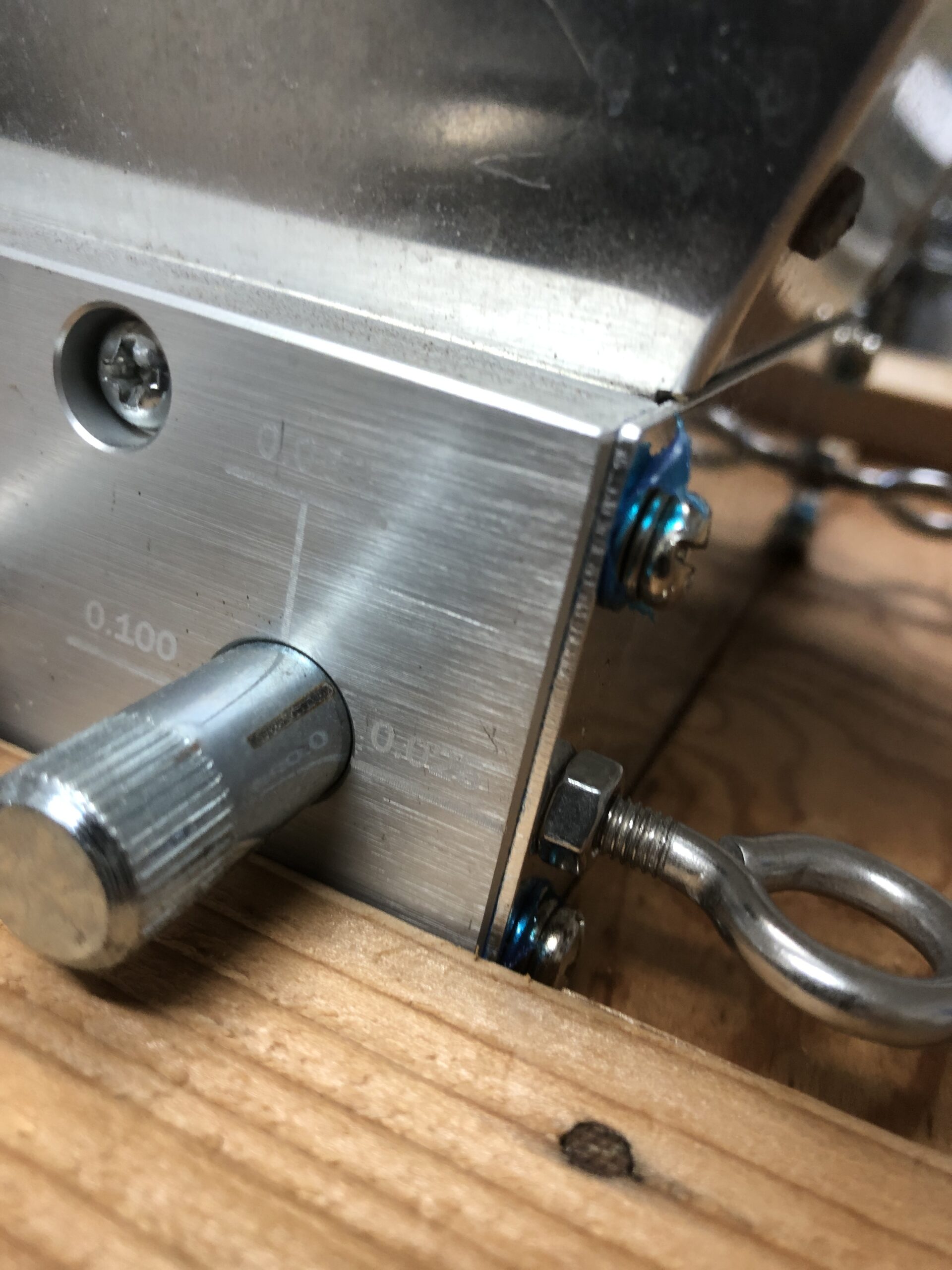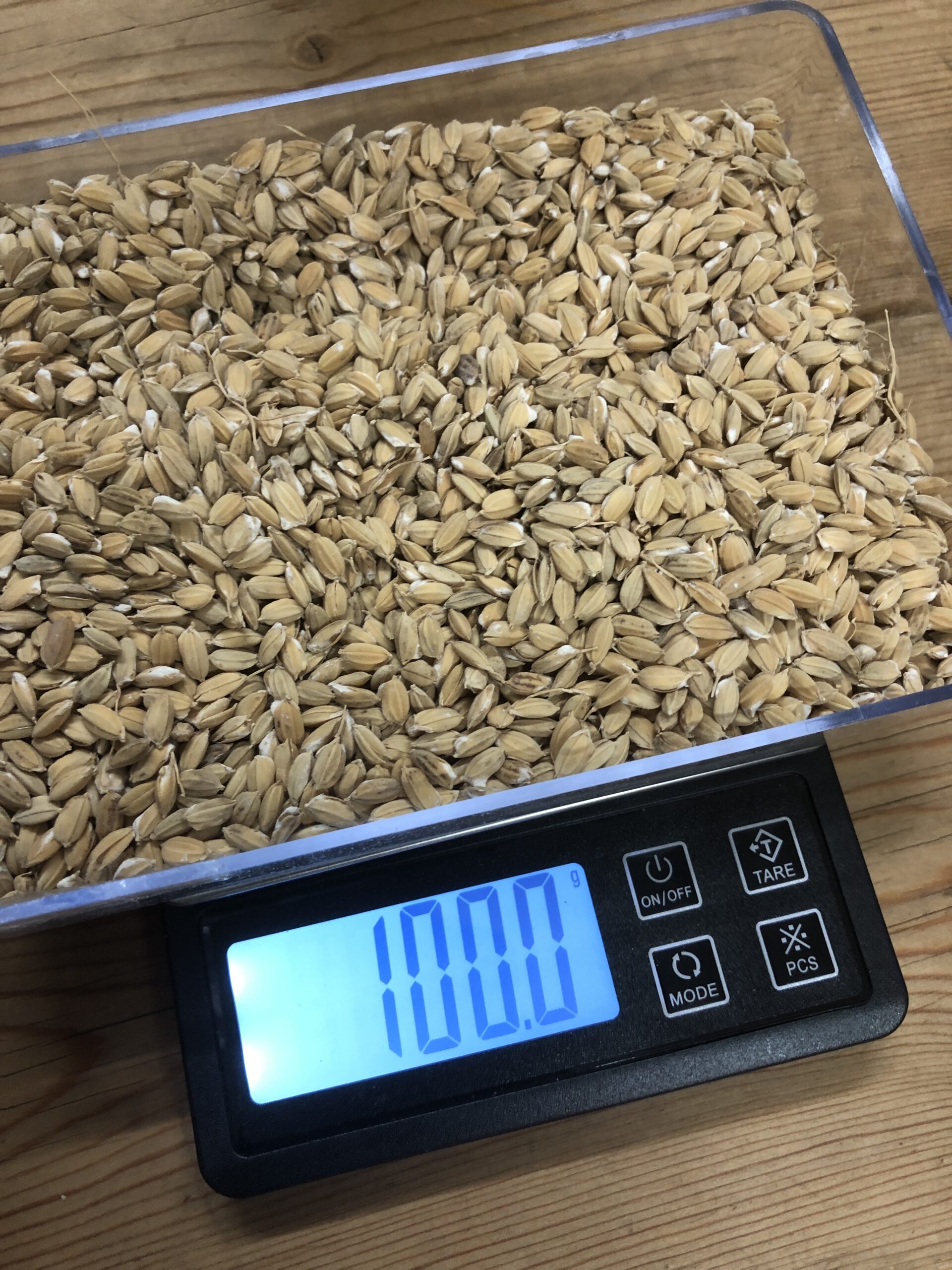The other day, I made wort with my first batch of rice koji malt, but it got completely stuck during the process. The reason was that even when I ground the malt with the feeling I usually use for barley malt, it didn't crush at all. So, I thought the narrowest gap would be fine and ground it accordingly. However, the result was that it was too fine, causing a stuck mash. Upon researching the proper method for adjusting the gap for malt and analyzing the way to grind malt accurately, I learned that there are specific methods for it. Without delay, I purchased a test sieve. Today, just as my base malt was ready, I conducted the test immediately. I set the gap at around 0.035 and the results were astounding:

Test Sieve: No.14 77% No.30 19.3% No.60 2.7% Pan 1% It turned out to be a very coarse grind. While this gap would be too fine for barley malt, I realized that the gap would differ so much due to the difference in size between rice and barley. From tomorrow onwards, I'll continue adjusting and experimenting with the gap. How fascinating! モルトミルのギャップ調整 先日、初めての米麹モルトでワートを作ったのですが、見事にスタックしてしまいました。 というのも、麦のモルトの感覚で挽いても全くモルトがクラッシュしない なので、一番狭いギャップでいいかなと、挽いたところ細かすぎてマッシングでスタックしたという結果になりました。 改めてモルトのギャップ調整を調べていると正確なギャップ調整の方法と モルトの挽き方の分析方法があるということで 早速、試験用篩を購入 ちょうど今日ベースモルトが完成したので、早速テストしてみました。 ギャップは0.035ぐらいで試しにやってみたら驚きの結果に 試験用篩 No.14 77% No.30 19.3% No.60. 2.7% Pan 1% と非常に粗挽きの結果となりました これは大麦モルトだと細かく挽きすぎるギャップなんですが、 米と麦の大きさがこれほど違うと、ギャップもこれだけ違うということがわかりました 明日以降、調整していきたいと思います。 面白い!
